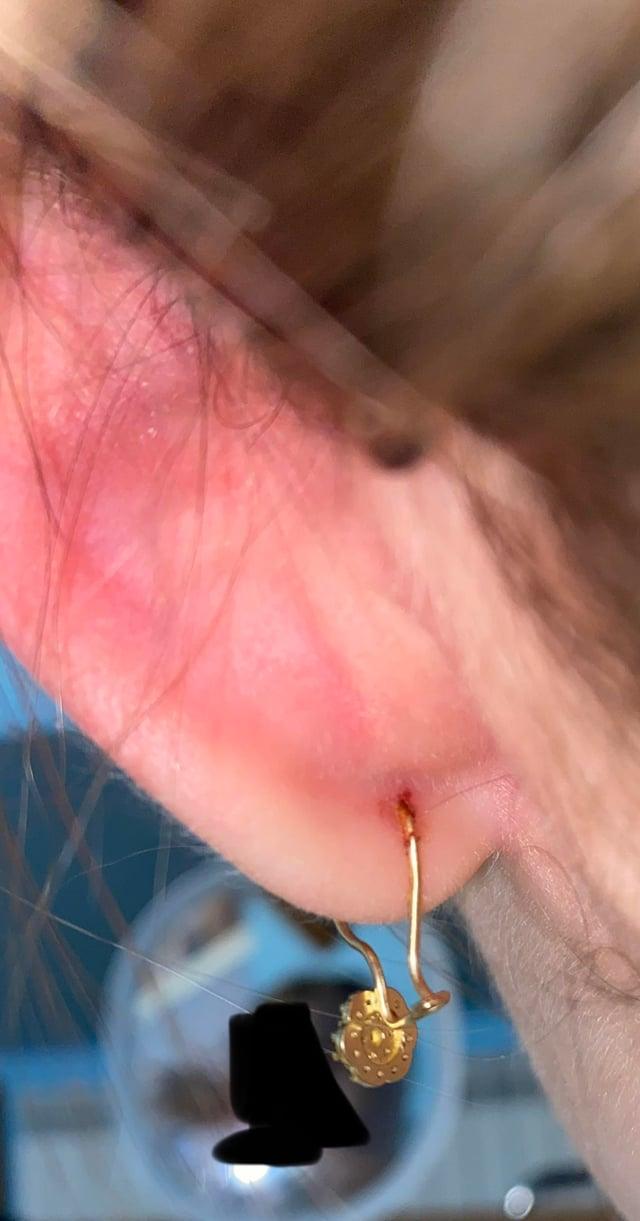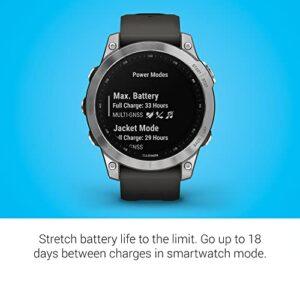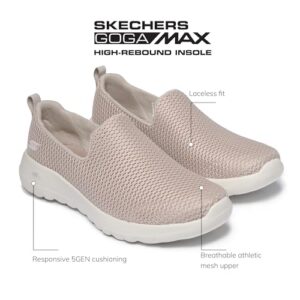Have you ever wondered if it’s safe to change your earring just one week after getting a new piercing? You might be eager to switch up your style but worried about causing irritation or infection.
Changing your earring too soon can sometimes lead to problems, but waiting too long might feel frustrating. You’ll discover exactly when and how you can change your earring without risking your ear’s health. Keep reading to find out the simple steps that will help you enjoy your new look safely and confidently.
Healing Timeline For New Piercings
The initial healing phaseof a new piercing usually lasts about 6 to 8 weeks. During this time, the skin forms a protective layer around the earring. Changing earrings too early can cause pain, swelling, or infection. The piercing may still be tenderand sensitive.
Several factors affect healing duration. These include the piercing location, your body’s healing ability, and how well you care for the piercing. Cartilage piercings, like in the ear’s upper part, take longer to heal than earlobe piercings.
Good hygiene is key. Clean the area with a saline solutionand avoid touching it with dirty hands. Avoid sleeping on the piercing or exposing it to dirt and hair products. These steps help the piercing heal faster and safer.
Credit: www.reddit.com
Risks Of Changing Earrings Too Soon
Changing earrings too sooncan cause infection risks. The piercing hole needs time to heal. If changed after only one week, bacteria can enter the hole. This may lead to redness, swelling, and pain. Infections can be serious and may need medical care.
Irritation and damageto the skin around the piercing are also common. The hole might still be fragile and easily torn. Pulling or twisting earrings too early can cause scarringor longer healing time. It is best to wait until the piercing is fully healed before changing earrings.
Signs You Can Safely Change Earrings
No redness or swellingaround the piercing is a good sign. The skin should look normal and feel smooth. If the area is red, puffy, or warm, it means the piercing is still healing. Wait longer before changing earrings.
Absence of pain or dischargeshows the piercing is healthy. There should be no pain, pus, or fluidcoming from the hole. Any soreness or yellowish liquid means infection or irritation. Changing earrings too soon can cause problems.

Credit: www.reddit.com
Steps To Change Earrings Safely
First, wash your hands with soap and warm water. This removes germs that might cause infection. Next, clean the earrings using rubbing alcohol or a special jewelry cleaner. Let them dry on a clean cloth before touching.
Remove old earrings slowly and gently. Pull them straight out to avoid hurting the skin. If the earring feels stuck, do not force it. Instead, soak the ear in warm salt water to loosen it.
When putting in new earrings, hold them by the post, not the decoration. Insert the post carefully through the hole. Push it until it fits snugly but not too tight. This helps avoid pain or swelling.
Choosing The Right Earrings For New Piercings
New piercings need careful care to heal well. Some materials can cause irritationor allergies. Avoid earrings made of nickel, brass, or cheap metals. These can lead to redness, swelling, or infection.
Choose earrings made from hypoallergenic materials. Good options include surgical steel, titanium, 14k gold, or platinum. These metals are gentle on the skin and less likely to cause problems.
| Materials to Avoid | Recommended Materials |
|---|---|
| Nickel | Surgical Steel |
| Brass | Titanium |
| Cheap Metals | 14k Gold |
| Platinum |
Simple studs or small hoops work best for new piercings. They keep the area clean and reduce risk of damage. Avoid heavy or big earrings until healing is complete.
Credit: www.reddit.com
When To Consult A Professional
Changing earrings too soon can cause painand infection. Watch for redness, swelling, or pusnear the piercing. These are signs of complications. Also, if you feel sharp painor see a bump, do not change the earring.
Seek expert adviceif any problems appear. A professional can check if the piercing is healedor needs care. They can also help remove earrings safely to avoid damage.
Always choose a cleanand trustedplace for piercing and follow their aftercare advice. This reduces risks and helps healing.
Frequently Asked Questions
Can I Change My Earring After One Week Of Piercing?
Yes, you can change your earring after one week if your piercing is healing well. However, it’s safer to wait 4-6 weeks to avoid irritation or infection.
How To Safely Change Earrings After One Week?
Wash your hands thoroughly, clean the piercing with saline, and gently remove the earring. Insert a new one carefully to prevent damage or infection.
What Signs Show It’s Safe To Change Earrings Early?
Look for no redness, swelling, pain, or discharge. If your piercing feels comfortable and healed, it’s likely safe to change earrings.
Can Changing Earrings Too Soon Cause Infections?
Yes, changing earrings too soon can introduce bacteria and cause infections. Always ensure your piercing is fully healed before switching earrings.
Conclusion
Changing your earring after one week can be safe with care. Clean your hands and earrings before touching the piercing. Avoid twisting or pulling the earring too hard. Watch for redness or pain as signs to wait longer. Give your ear time to heal fully for best results.
Taking small steps helps prevent infection or irritation. Patience makes your piercing heal strong and healthy. Keep your routine gentle and listen to your body’s signals. Your ears will thank you for careful attention.

Madison Clark is a footwear expert and the voice behind MyStyleGrid.com. She specializes in honest shoe reviews, style tips, and practical guides to help readers find the perfect pair for any occasion. With years of experience in blogging and content creation, Madison makes footwear knowledge simple, stylish, and easy to follow.

